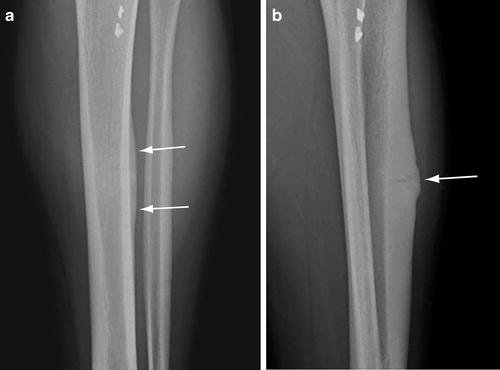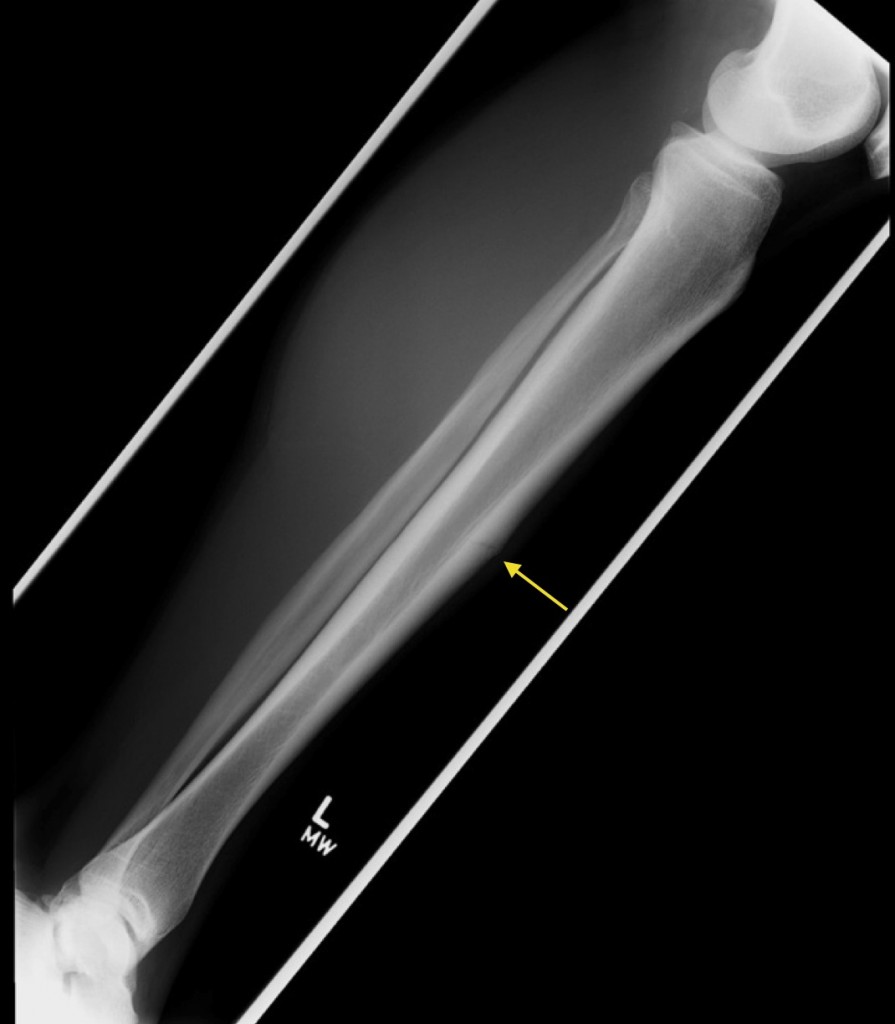
- #X ray stress fracture shin how to#
- #X ray stress fracture shin skin#
- #X ray stress fracture shin crack#
For less serious fractures, treatment involves: Treatment for a fracture will depend on the type of fracture a person has. If a doctor suspects a person has broken their shinbone, they will confirm it with an X-ray.
#X ray stress fracture shin skin#
bone pushing out skin, or poking through the skin.The shinbone is the long bone that people fracture most often, according to the AAOS.Ī fracture to the shinbone can occur due to significant trauma to the leg, such as from a car accident or a bad fall. A person may need to rest for 6–8 weeks to allow the bone to heal fully. The best treatment for a stress fracture is rest.

TreatmentĪ person who has a stress fracture can treat it in the following ways:
#X ray stress fracture shin crack#

These factors can lead to microcracks in the bone, which need time to heal. Carrying a heavy load while running can increase the risk, as can having lower bone density. This is due to repetitive stress on the bone. Statistics suggest that females, athletes, and military recruits are at higher risk of developing stress fractures. This causes tiny cracks, or stress fractures, to form. When this happens, the muscle transfers the stress to the bone. Stress fractures occur when muscles become tired through overuse, and they are unable to absorb any extra stress.

A bone contusion is another name for a bone bruise.Ī bone bruise occurs when a traumatic injury to a bone causes microfractures. They tend to appear within 48 hours of an injury and can take up to 6 months to heal. It can result from an injury, such as a fall or playing sports.
#X ray stress fracture shin how to#
This article will cover a range of reasons why a person may have shin pain, as well as symptoms, treatments, and how to prevent them.Ī bone bruise on the shin results from direct trauma, such as a blow or impact to the leg. If there is unusual growth or a lump, they should see a doctor, who may carry out tests to see if there is a benign or malignant tumor. However, a person should seek immediate medical help if there is severe pain, swelling, and bruising, if the shin looks an unusual shape, or the person has heard a snapping sound. In many cases, a person with shin pain will not need to see a doctor.

But there are many other causes of shin pain, such as an injury, bone bruise, or stress fracture. People describe shin splint pain as sharp or as dull and throbbing.Īccording to the American Academy of Orthopaedic Surgeons (AAOS), shin splints are a common cause of shin pain. Medial tibial stress syndrome, or shin splints, is the inflammation of the tendons, muscles, and bone tissue around the tibia. or a problem with bone growth, such as a tumor. However, other issues can also cause shin pain, such as a minor injury, a fracture, a bone bruise. People may typically associate shin pain with shin splints.


 0 kommentar(er)
0 kommentar(er)
